These are a few things that are not typical, but can happen in certain situations.
Draining weep holes
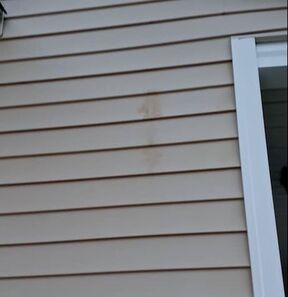
Most siding manufactures strategically place weep holes on the bottom lip of the siding. The siding is equipped with these holes in an attempt to release trapped moisture during heavy dew points and moisture buildup during rain/snow.
In some cases the back of your siding can contain excessive dirt along with bug nests and miscellaneous debris that accumulates over time. Though we don’t force copious amounts of water behind the siding, some wicking/dripping can occur long after we leave. This can also be cause by siding that was not correctly installed or siding that had become loose over time. Typically, a couple good rain storms will take care of this.
In some cases the back of your siding can contain excessive dirt along with bug nests and miscellaneous debris that accumulates over time. Though we don’t force copious amounts of water behind the siding, some wicking/dripping can occur long after we leave. This can also be cause by siding that was not correctly installed or siding that had become loose over time. Typically, a couple good rain storms will take care of this.
Spots on windows
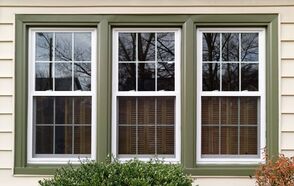
Typically, even when screens are left in place, the windows come out looking much better. To have your windows and window sills looking as good as possible after a house wash, we highly recommend removing the screens before your service. Because of the fragile nature of screens, we do not remove them. Window screens collect dust, dirt, and other debris over time. If window screens are left in, anything on them will be flushed out on to the window during the washing. Windows with screens are washed and rinsed, but a great deal of caution has to be given due to how fragile the screens and screen gaskets are. Hard water and other containments in the water can also be left after the water dries.
Residue
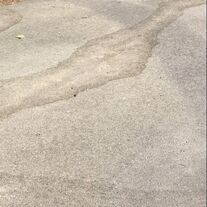
When detergents are rinsed the water will take the easiest path to drain. After this path dries, some residue from detergents and soap can be left behind, especially if the washing was done on a hot day causing the runoff to dry quickly. While doing a roof wash, extra surfactants (roof washing specific soap that helps the detergents cling to the roof) are used. Sometimes you will see some of the residue from the soap on the roof. Seeing this residue is completely normal and will be washed away after a couple hard rains.
Artillery fungus
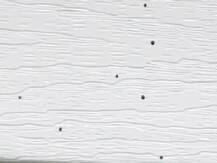
Artillery fungus, or shotgun fungus, is a wood-decay fungus that likes to typically live on moist landscape mulch, but can happen in other areas. The worst thing about this fungus is that it shoots spores up to 20 feet, which often land on siding, cars, and anything else that surrounds the mulch. There is no recommended treatment for artillery fungus. If the spores are fresh, sometimes they will come off with the house wash, but not always. The nice things is that they are very, very small, and will not typically be noticed, especially because they are usually behind a garden.
Channel runoff
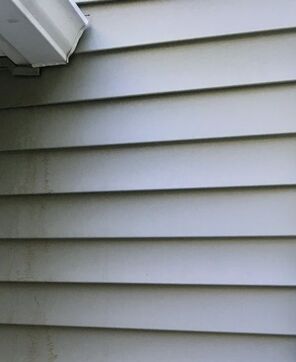
Channels are installed at the bottom of siding, the corners and edges of walls, around windows, pretty much anywhere siding stops. A lot of dirt and other debris can gather in the channels, especially when house washing is put off for a long time. When installed correctly, a channel will route water into a gutter, or away from siding, resulting in any runoff not landing on the siding. Installed incorrectly, the channel will route the water containing the dirt onto the siding. These channels can drain water long after the house wash has been completed. A couple hard rains will usually take care of the runoff from an incorrectly installed channel, but spraying with a hose may be needed depending on how much debris had collected in the channel over time. We are not responsible when something occurs from a channel, or anything else being installed incorrectly.


